Thanks to Mitch Albom, we’ve already gotten introduced to the five people you meet in Heaven. But for us Earthly beings, who are still very much grounded in the here and now, this collective of people is still very relevant in our everyday lives.
Take marketing, for example. It can often be a mixed bag of personalities, backgrounds and skill sets. Some, you’ll find, have been in the industry for what seems like forever, while others, recent grads or transitioning professionals, are making their first foray into the space.
Below we’ve identified five personalities you’re almost certain to meet in the marketing world.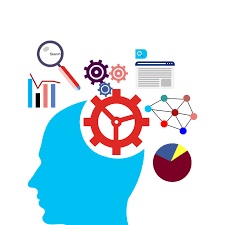
Which one are you?
THE VISIONARY
Wise. Early adopter. Clairvoyant. Regardless of what you want to call this person, you can always bet there’s going to be one in the group. This person is the one with a Rolodex so thick it puts War & Peace to shame. He seems to know everyone and everything as far as marketing is concerned, and often spins a yarn to prove it.
THE MILLENNIAL
Ah, millennials. This term of endearment usually refers to the youngster, maybe even the newb, in the group. Though these guys are generally new to content marketing (and maybe even the work force altogether), they have a deep passion for learning and are excited to dive in head first. At business meetings, they’ll arrive with notebooks from Rifle Paper Co. or an iPad, and they’re typically vocal about their new ideas. Contrary to popular stereotypes that millennials are the lazy generation, they can actually be a true asset to any company willing to evolve.
THE SOCIAL MEDIA SUPERSTAR
You know the guy: he’s the one who’s always checking his Twitter feed, uses words like “hashtag”, “engagement” and “SEO” in normal conversation, and has probably done a Facebook Live at least once in his life. This is the person who would rather read Google Analytics reports than Gatsby and asks if you’ve seen the latest video trending on YouTube instead of talking politics. This person eats, sleeps and breathes social media, and you better believe you can find him everywhere: Instagram, Facebook, Twitter, Vine, Tumblr, YouTube, Vimeo, Google+, Pinterest, Reddit, Snapchat. This list goes on.
THE PICASSO
Maybe she’s a designer who whips up brilliant infographics in an afternoon or comes up with fresh ideas for a native advertising campaign. This is the person for whom a lunchtime stroll can turn into a chance to ideate on the latest client project. She may be a bit flighty, but she always comes to meetings brimming with ideas. The Picasso’s favorite phrase is, “What if we did this…”.
THE STORYTELLER
Here’s how to recognize a master storyteller: This person cares more about engaging customers than immediate conversions. He’s worried less about ROI and more on brand loyalty. This person is always experimenting and has his finger on the pulse of what interests the company’s audience, whether that’s data, social media or experiential campaigns.
Can you think of some more personalities we may have missed? Share with us in the comments below!
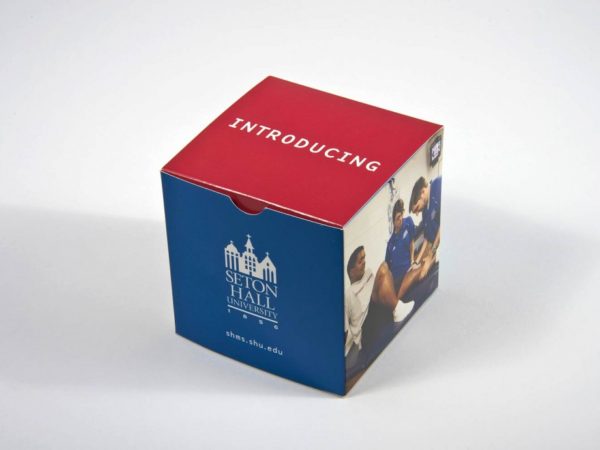
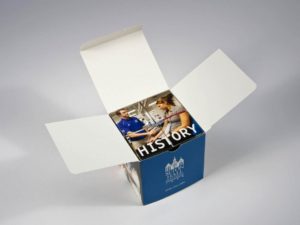

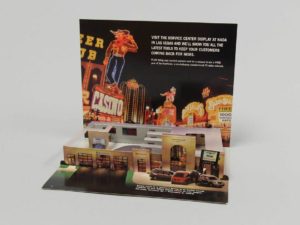 Today’s automotive industry moves fast and furious, so it’s important to showcase your vehicles in new and creative ways. But how do you show change and innovation on paper? You don’t. You show it WITH paper.
Today’s automotive industry moves fast and furious, so it’s important to showcase your vehicles in new and creative ways. But how do you show change and innovation on paper? You don’t. You show it WITH paper.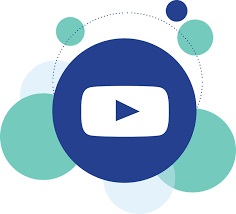


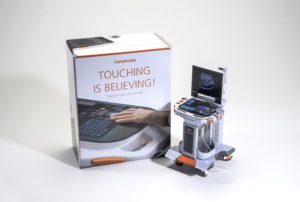
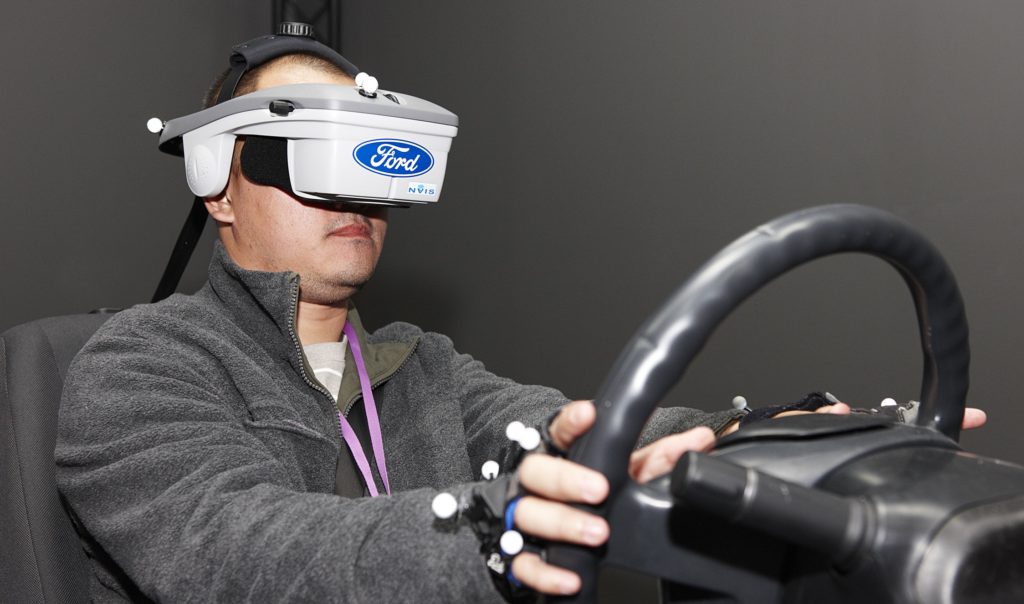
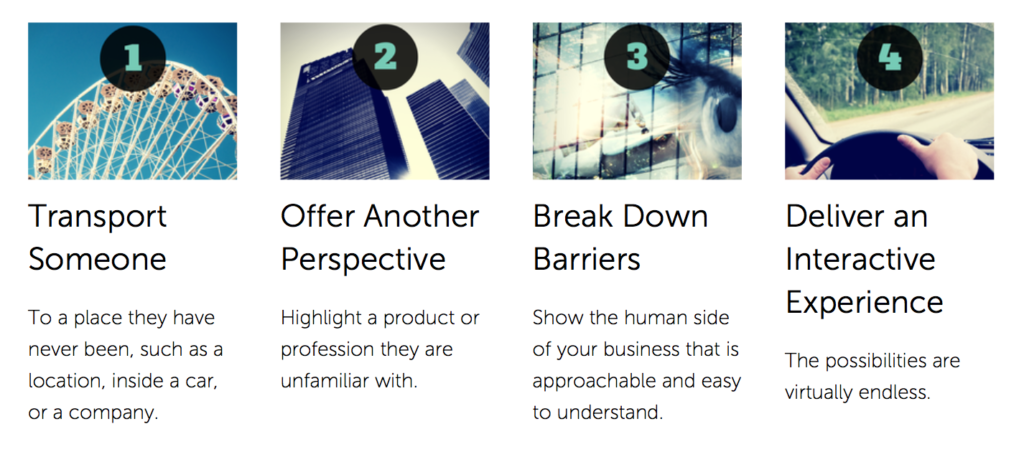 How are Virtual Reality Headsets Different Today?
How are Virtual Reality Headsets Different Today?
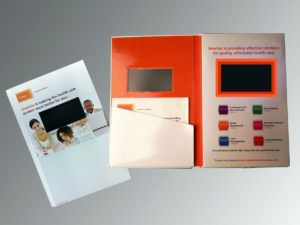 Aetna used this dynamic video brochure to send information about its “smarter” healthcare solutions to consumers. The inside of the brochure featured a video screen with 6 buttons underneath it. By pressing each button, consumers could watch a video and learn more about each of the different solutions offered by Aetna.
Aetna used this dynamic video brochure to send information about its “smarter” healthcare solutions to consumers. The inside of the brochure featured a video screen with 6 buttons underneath it. By pressing each button, consumers could watch a video and learn more about each of the different solutions offered by Aetna.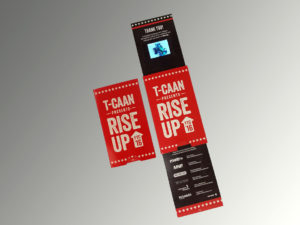 T-CAAN is one of Canada’s oldest and most extensive networks of independent advertising, marketing and communication agencies. Information Packaging of Canada used this video handout at a recent T-CAAN event in Calgary. The mechanism they used was the Extendo. When you pull out the bottom panel, another panel automatically slides out from the top featuring a video about Information Packaging.
T-CAAN is one of Canada’s oldest and most extensive networks of independent advertising, marketing and communication agencies. Information Packaging of Canada used this video handout at a recent T-CAAN event in Calgary. The mechanism they used was the Extendo. When you pull out the bottom panel, another panel automatically slides out from the top featuring a video about Information Packaging.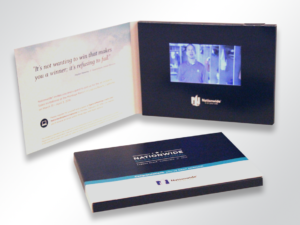 Nationwide Financial went “all out” and used this video invitation for its 2016 Nationwide Sales Invitational, a high-end event that rewards an elite group of advisors for their life and annuity sales volume and sales potential with Nationwide. The inside of this elegant mailer featured a video about the event complete with play/pause and volume controls.
Nationwide Financial went “all out” and used this video invitation for its 2016 Nationwide Sales Invitational, a high-end event that rewards an elite group of advisors for their life and annuity sales volume and sales potential with Nationwide. The inside of this elegant mailer featured a video about the event complete with play/pause and volume controls.